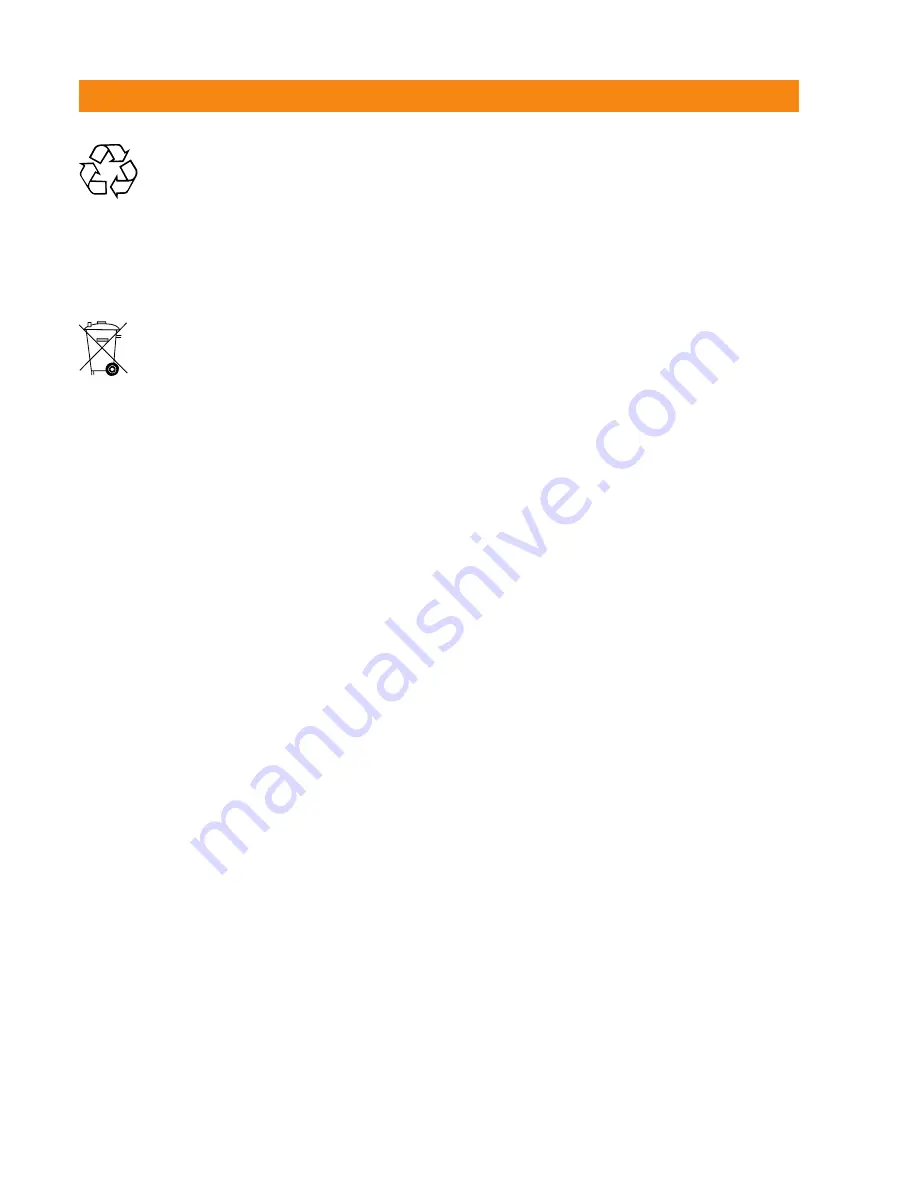
32
Only for EU countries
Do not dispose of electric tools together with household waste material!
In observance of European Directive on waste electrical and electronic equipment and its implementation in
accordance with national law, electric tools that have reached the end of their life must be collected separately
and returned to an environmentally compatible recycling facility.
13. Disposal
Most of the materials from which Hilti appliances are manufactured can be recycled.
The materials must be correctly separated before they can be recycled. Hilti has already made arrangements in
many countries for taking back your old appliance for recycling. Please ask your Hilti customer service depart-
ment or a Hilti sales representative for further information.
Return waste material for recycling
Disposal of drilling and sawing slurry
NOTE
With regard to environmental aspects, allowing drilling or sawing slurry to flow directly into rivers, lakes or the sewera-
ge system without suitable pre-treatment is problematical.
In addition to the following recommended pretreatment procedures, the applicable national regulations must be obser-
ved when disposing of drilling or sawing slurry. Ask the local authorities concerned for further information.
We recommend the following pre-treatment
1. Collect the drilling and sawing slurry (e.g. using a suitable industrial vacuum cleaner).
2. The fine content of the drilling and sawing slurry should be separated from the water by allowing it to settle (e.g.
leave standing for some time or add a coagulation agent).
3. Solid material from the drilling and sawing slurry should be deposited at a construction waste disposal site.
4. Water from the drilling and sawing slurry should be neutralized (e.g. by adding a large quantity of water or other neu-
tralization agents) before it is allowed to flow into the sewerage system.
Printed: 08.07.2013 | Doc-Nr: PUB / 5069762 / 000 / 01





































